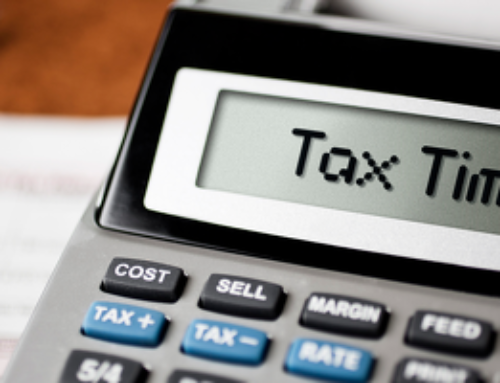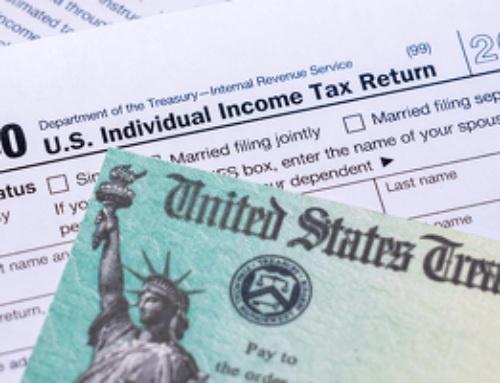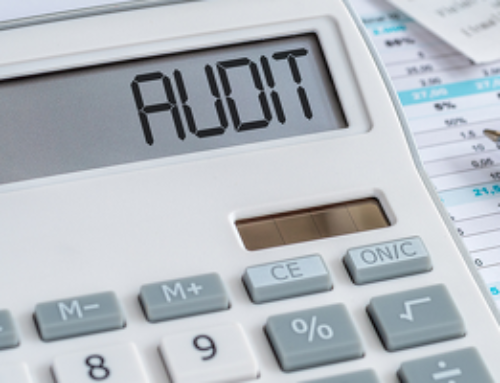We’re always being reminded to save for retirement in tax-advantaged accounts like 401(k)s or IRAs. But did you know the government does an about-face and forces us to take money out of those accounts once we reach retirement? It’s called the required minimum distribution (RMD) rule. Here are some tips you should know about RMDs well before you reach retirement age.
The one year hiatus is gone. The required minimum distribution rules were suspended in 2020. They are now reactivated for 2021. This will catch many by surprise, so remind any loved ones over the age of 72 to make their distribution calculation!
Penalties are high. Rules require you to withdraw a certain amount of money every year from tax-deferred retirement plans like 401(k)s and traditional IRAs after you reach age 72, whether you want to or not. These withdrawals are then taxed as ordinary income. If you don’t follow these rules, the IRS can assess a penalty equal to 50 percent of the amount that should have been withdrawn, on top of the regular tax due.
Start thinking about withdrawals early. One of the biggest mistakes is waiting until age 72 to start thinking about required distributions. Remember, you can start withdrawing funds from retirement accounts without penalty after you reach age 59½. If you start planning a tax-efficient withdrawal strategy before required distribution rules kick in, you can manage what tax rate will be applied to your retirement distributions.
Distribution amounts are based on complex tables. How much you’re required to withdraw is based in part on the average life expectancy of someone your age. A calculation based on IRS life expectancy tables, plus your prior year retirement account balance, is used to determine your required withdrawals. The good news is that the financial institution handling your retirement account will usually do the calculation for you.
There are exceptions to distributions if you still work. If you reach age 72 and you’re still working for an employer providing you with a 401(k), you usually don’t have to take a distribution from that account as long as you don’t own 5 percent or more of the company. However, you still must take funds from other plans where you have assets.
Not all accounts require distributions. Not all retirement accounts require you to take a required minimum distribution. Roth IRA accounts, for example, avoid the minimum distribution requirement while giving you some extra flexibility to manage your other taxable withdrawals during retirement.
RMD rules can be confusing, and are a good example of why tax planning is such an important component of a retirement strategy. Please call if you have questions about any tax obligations related to your retirement accounts.






